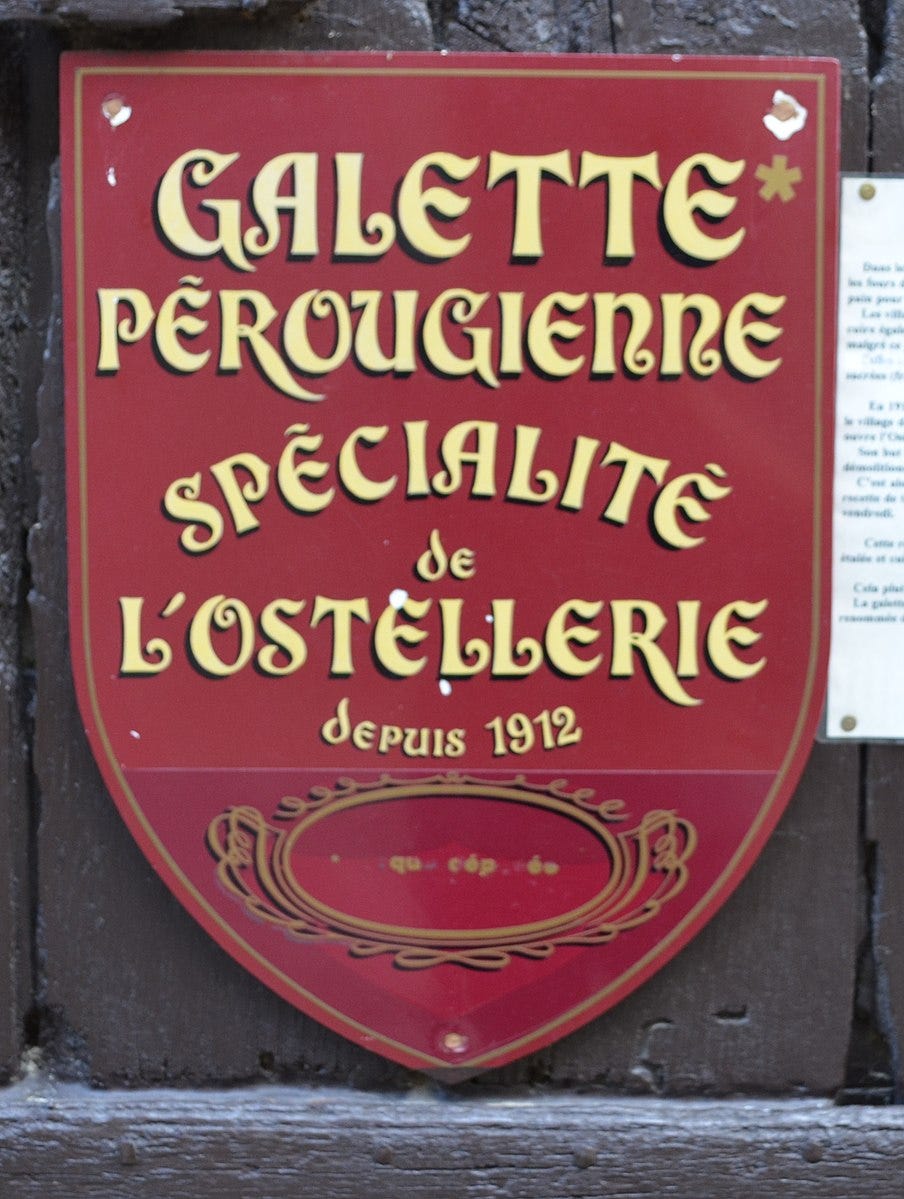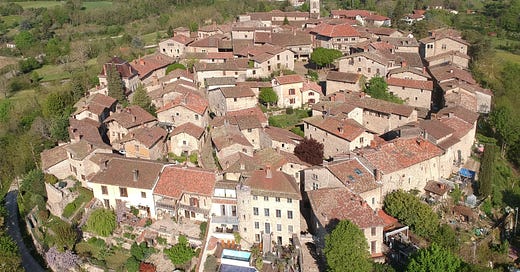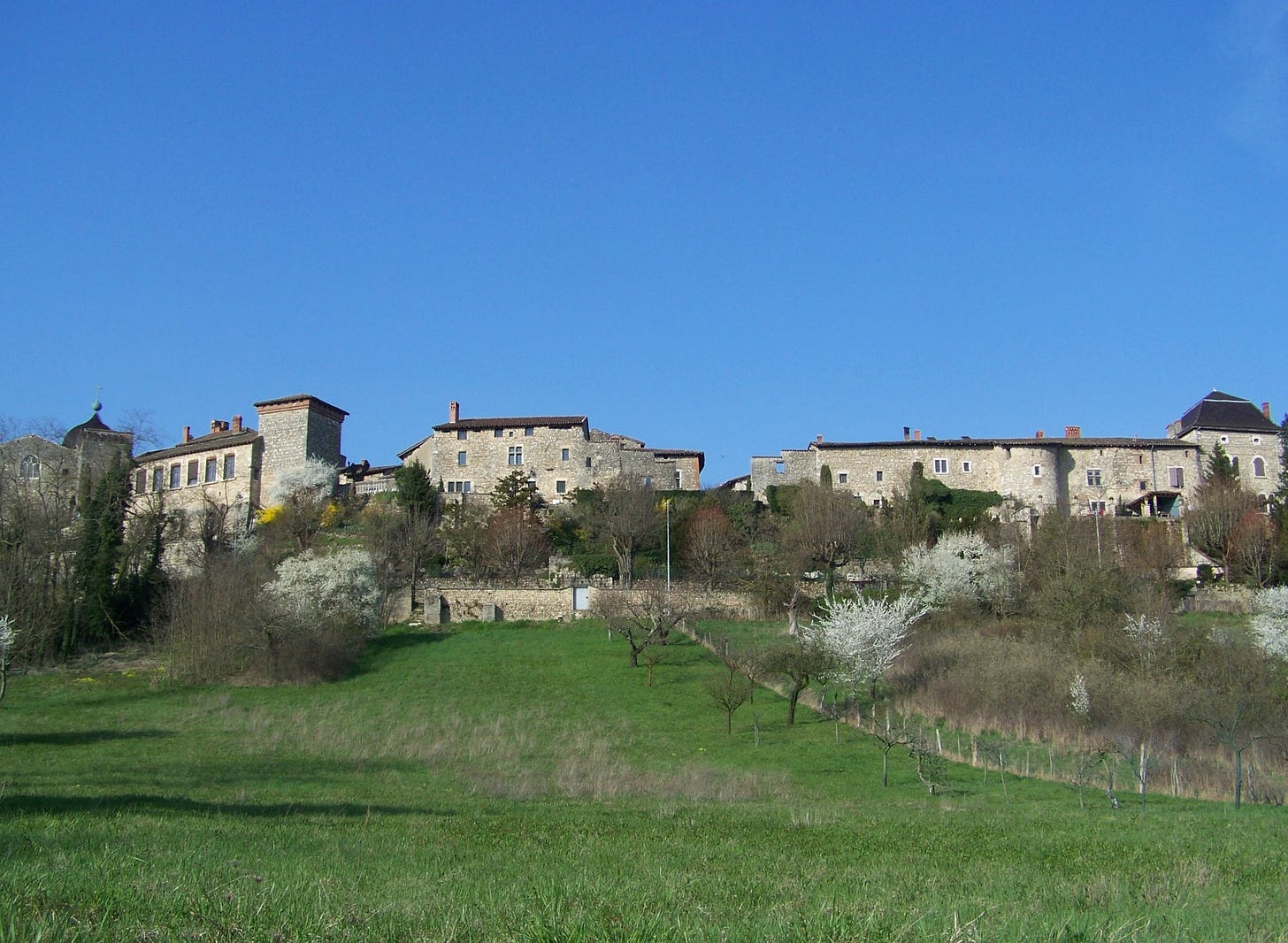Portraits of France: Pérouges in the Rhône Valley
In the fifth of our series on French villages, we explore a well-preserved medieval village just 22 miles northeast of Lyons. But the town almost did not survive.
Pérouges, a fortified medieval village in the Rhône Valley near Lyons, was originally founded by settlers from the Italian city of Perugia, who were fleeing the spread of the Roman Empire. During the Middle Ages, dukes of the neighboring regions of the Savoy and the Dauphiné fought over the village, and in 1468, the walled town defeated a sustained siege by the Dauphinois.
Yet Pérouges almost didn’t survive into the 20th century. By 1909, this hilltop town, which had withstood centuries of warfare, was practically abandoned. Then Anthelme Thibaut, a chemistry professor at the University of Lyons who had grown up in Pérouges, heard that some of the houses were being torn down and the stones hauled away. He formed an association to save the village, and the group began buying the old structures and restoring them.
In 1912, the entire village was declared a Historical Monument. The same year, Thibaut’s wife,Marie-Louise Thibaut, got into the act. She reopened the 15th century village inn, which had been closed for 80 years. The Ostellerie du Vieux Pérouges is still in business, now run by the 5th generation of Thibauts to inhabit the town. The inn still serves the sweet specialty Marie-Louise invented, la Galette Pérougienne, a large shortbread “tart” smothered with sugar.

As for the other buildings of Pérouges, those still owned by the association are rented out to artisans, painters, and other artists who agree to preserve the look and spirit of the old town.
A stroll among the ivy-covered houses, under stone archways and down cobbled lanes, is a journey back in time. In the place du Tilleul, where an old linden tree spreads its branches, the intricate stone guttering has survived the footsteps of hundreds of years. Walk out along the ramparts, where soldiers once kept guard, and you can see parades of green hills marching in every direction. But if you find it difficult to imagine that his peaceful village was once the site of great battles, you need only visit the medieval Church of Saint Mary Magdalene, whose 3 1/2 foot thick walls are pierced by slots for guns and cannons.
Some of the cannon balls from the siege of 1468 can be found in the House of the Prince, which is now the town museum. If you climb the museum’s tower at twilight and look out over the glowing red tile roofs and gleaming gray stone, you will understand why people once fought over Pérouges, and be glad they don’t anymore.





